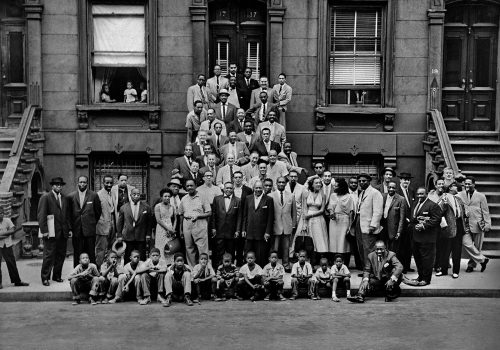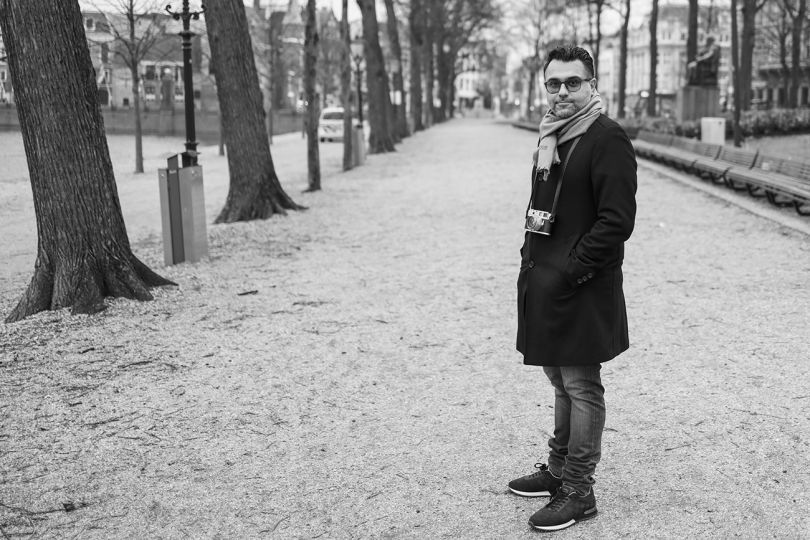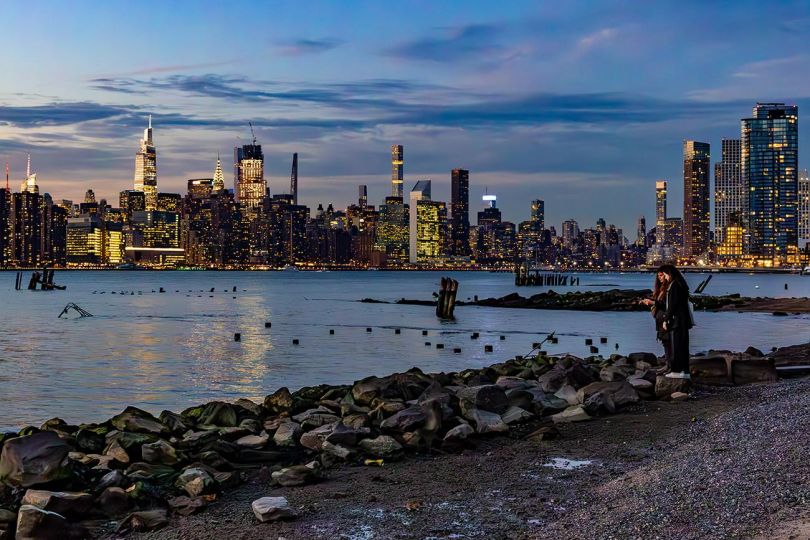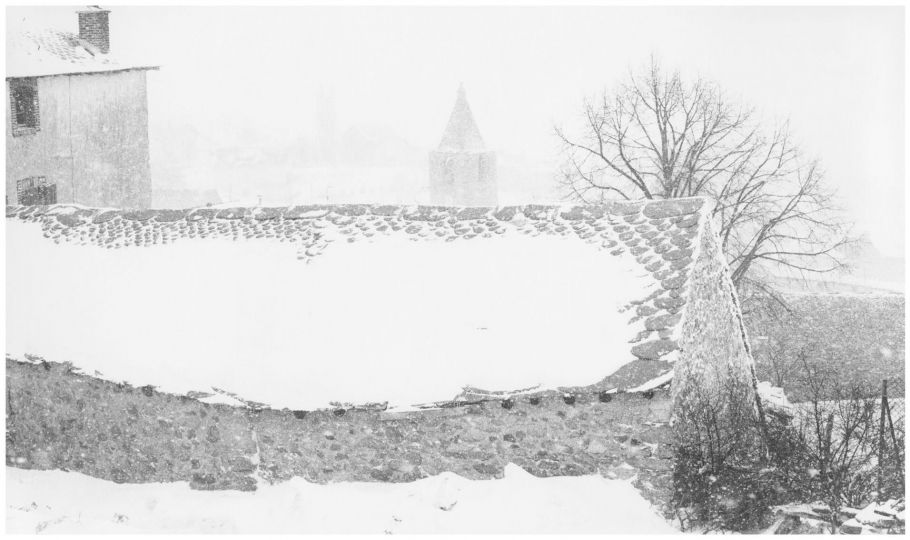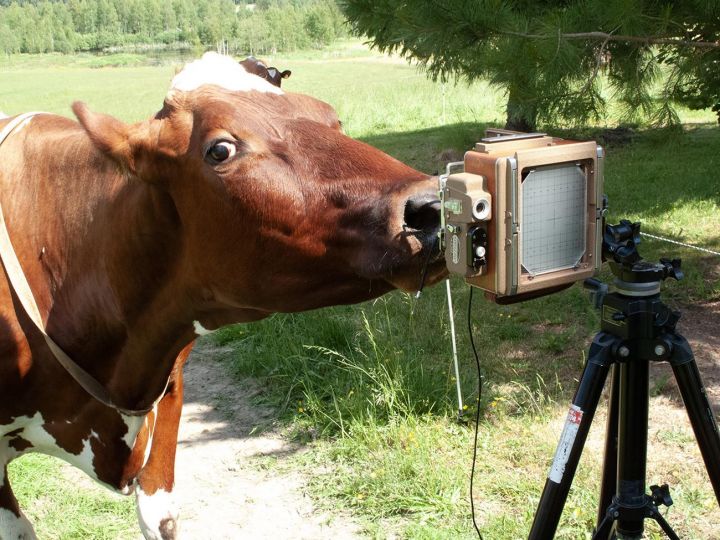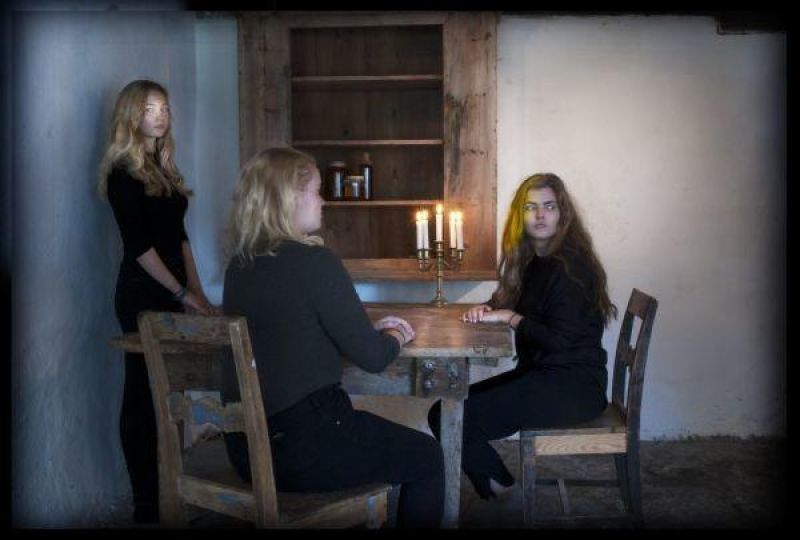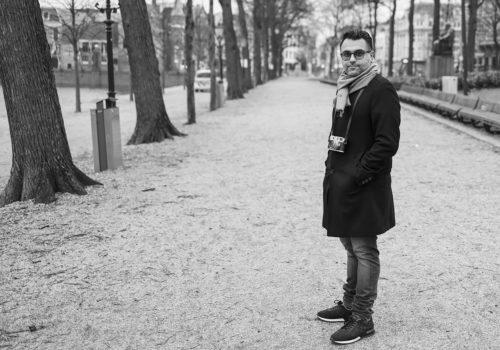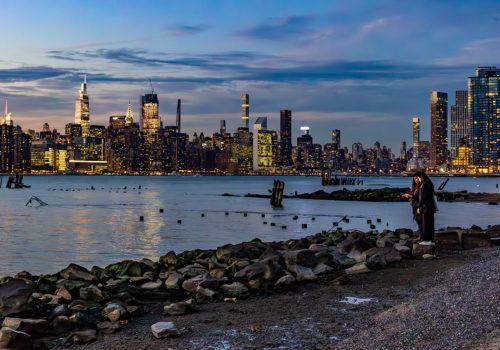“I cannot envision a more beautiful parallel for jazz and art in general; in the moment, you may not realize the impact that you have through your creations, but as this photo demonstrates, the effect and significance will outlast any lifetime. Not only is this photo important to the people in it, but it should be a reminder of where we need to be: together.” Quincy Jones
Released this November Art Kane: Harlem 1958 marks the 60th anniversary of one of the most celebrated images in American history.
Now commonly known as A Great Day in Harlem, the famous shot of 57 jazz musicians gathered outside a brownstone in New York is one of the most imitated images in popular culture, by one of the world’s greatest photographers.
Art Kane: Harlem 1958 is a visual history of an iconic image including, for the first time, virtually every single frame from the historic shoot. With original text by Art Kane, forewords by Quincy Jones, the legendary Benny Golson, who appears in the photo, and an introduction by Kane’s son, musician and photographer Jonathan Kane, the 168-page hardback volume is the story behind the shot.
“I came up with the idea of getting as many musicians together in one place as we could. It would be sort of a graduation photo or class picture of all the jazz musicians. After I thought about it some more I decided they should get together in Harlem. After all, that’s where jazz started when it came to New York.” Art Kane
In 1958 fledgling photographer Art Kane pitched the idea to Esquire – invite the musicians of New York’s jazz community to come together for one photo. Esquire agreed and Kane sent requests via agents, record labels, managers, clubs, anywhere he could spread the word.
“There was going to be an unusual shooting of a photograph for Esquire Magazine and I was being invited to be a part of it. I couldn’t believe it! Nobody really knew me that early in my career. But zippo, I was there on the intended date. When I arrived, there were all of my heroes.” Benny Golson
57 jazz musicians, from the unknown to the world famous, duly assembled at the unlikely hour of 10am at 7 East 126th Street, between Fifth and Madison Avenues. The group would include Dizzy Gillespie, Art Blakey, Thelonius Monk, Coleman Hawkins, Lester Young, Charles Mingus, Gerry Mulligan, Count Basie – whose hat was repeatedly stolen by local kids until Kane surrendered and put them in the shot, too.
“Black and white: two colors forbidden to be in close proximity, yet captured so beautifully within a single black and white frame. The importance of this photo transcends time and location, leaving it to become not only a symbolic piece of art, but a piece of history. During a timein which segregation was very much still a part of our everyday lives, and in a world that often pointed out our differences instead of celebrating our similarities, there was something sospecial and pure about gathering 57 individuals together, in the name of jazz.” Quincy Jones
Esquire magazine published the photo in its January 1959 Golden Age of Jazz special issue, along with a series of Art Kane’s portraits of other jazz giants including Louis Armstrong, Duke Ellington, Lester Young and his famous shot of Charlie Parker’s grave. These portraits are included in the book, with outtakes and other jazz-related images of gospel groups and a young Aretha Franklin, and on set photography of the film “Pete Kelley’s Blues”.
Book Information:
168pp Size: 20x29cm, hardback
Publication date: November 12, 2018
RRP 58 USD / 44 GBP / 45 Euros available via www.wallofsoundgallery.com, Amazon and worldwide
distribution.
Deluxe Edition:
First 200 copies in special slipcase and cover, signed by Quincy Jones, Benny Golson and
Jonathan Kane. With an exclusive signed/numbered 8×10 inches fine art print (signed by
Jonathan Kane) and poster. RRP 420 US / 315 GBP / 350 Euros.

